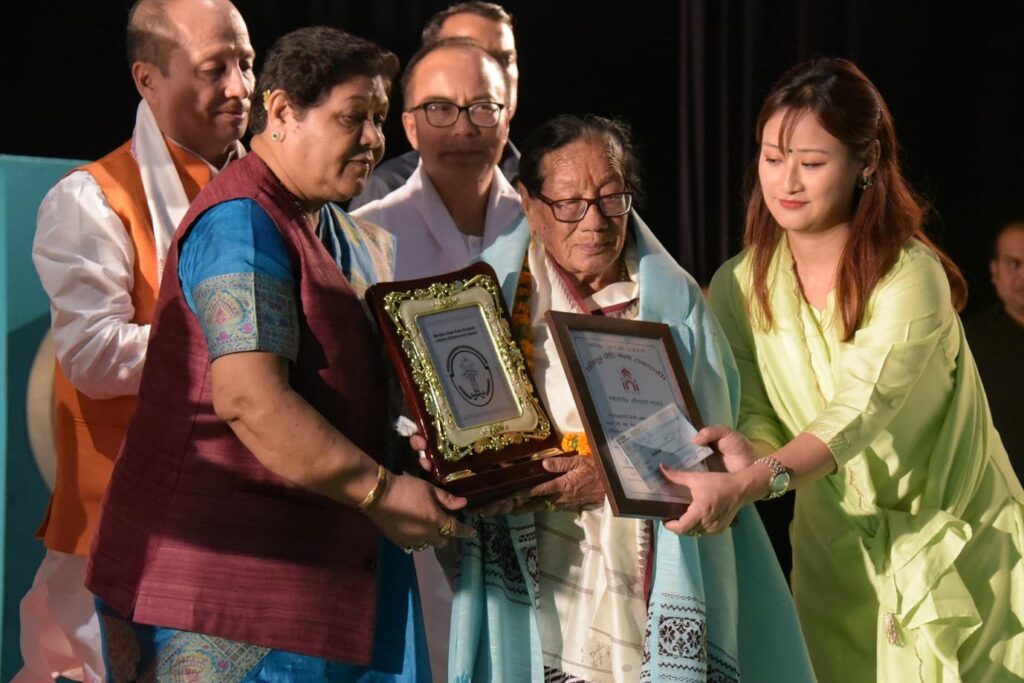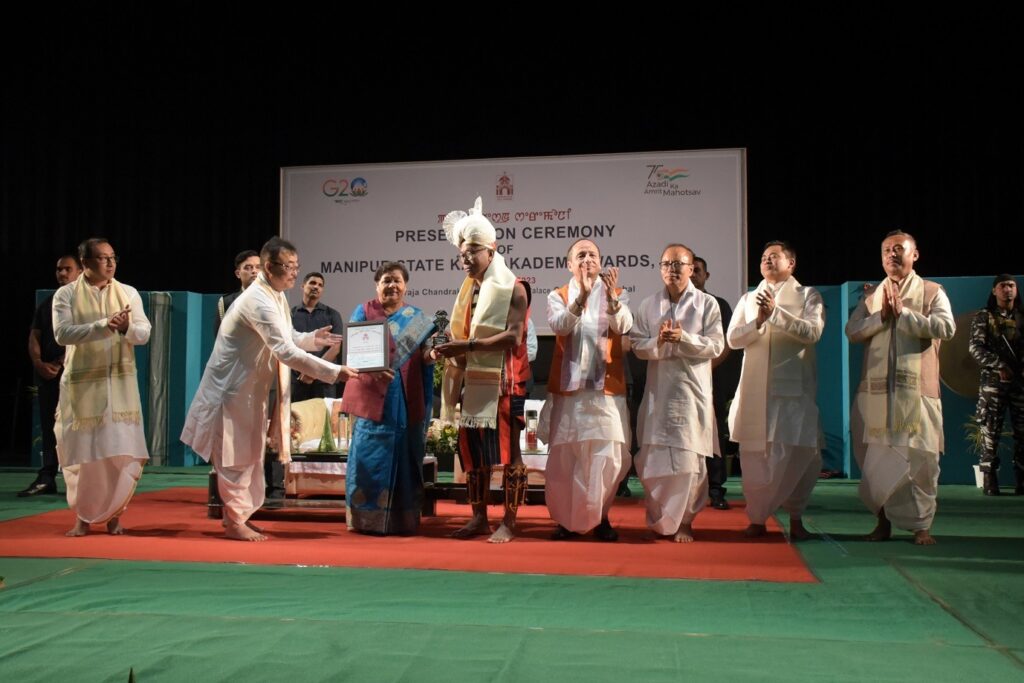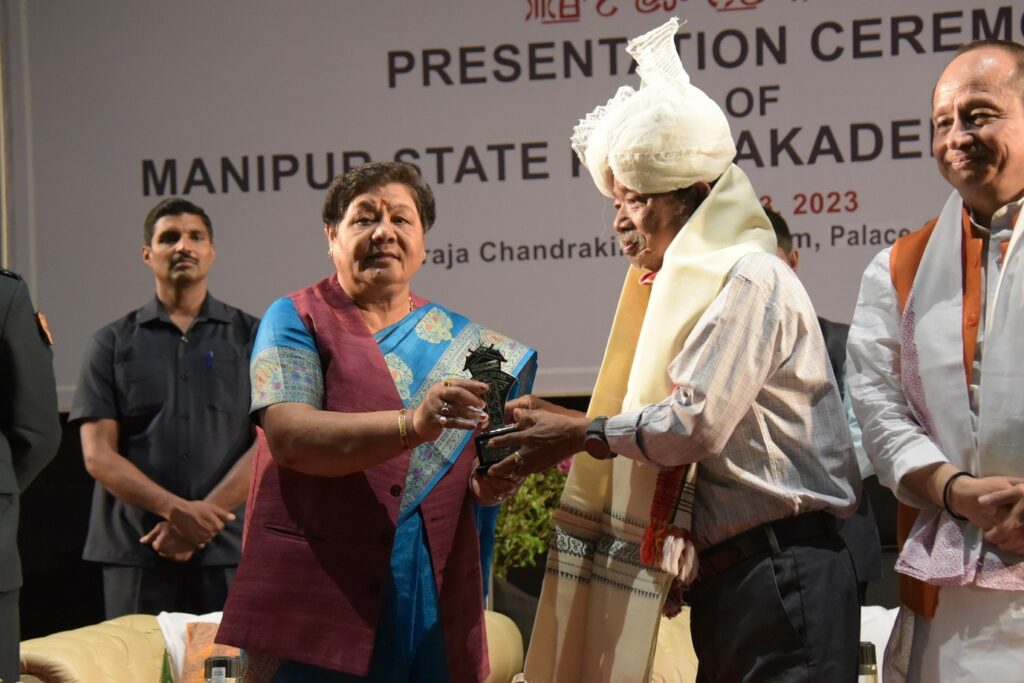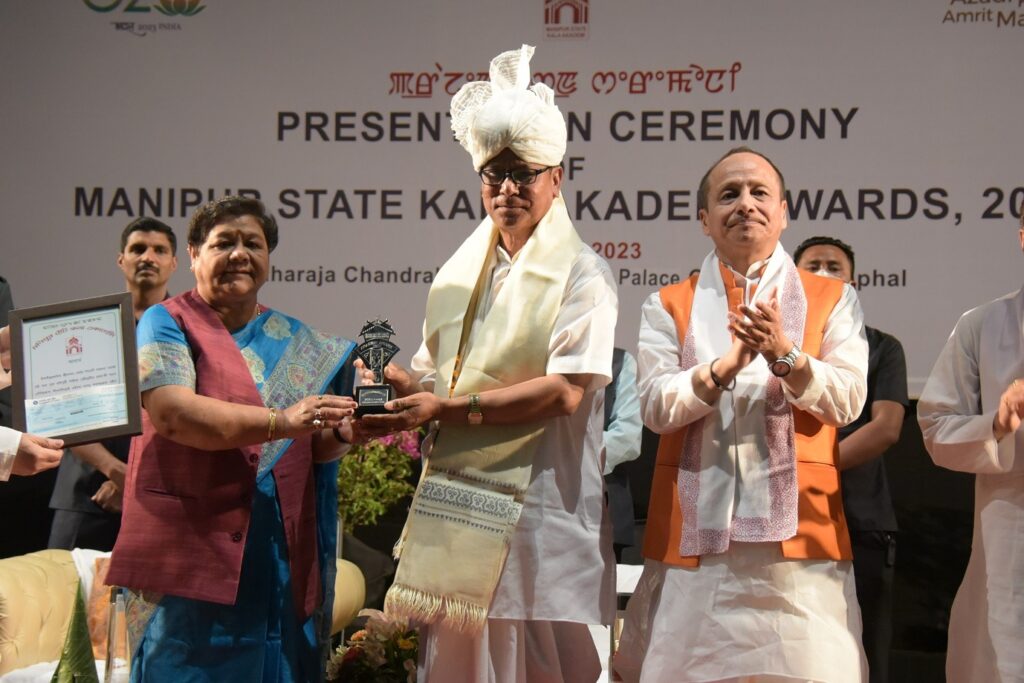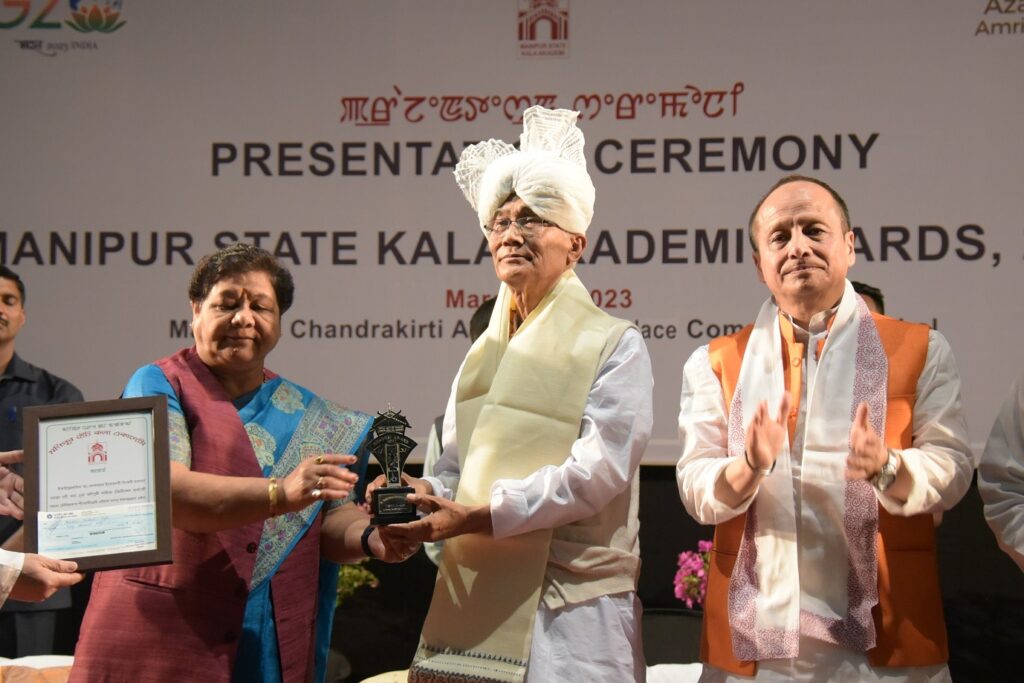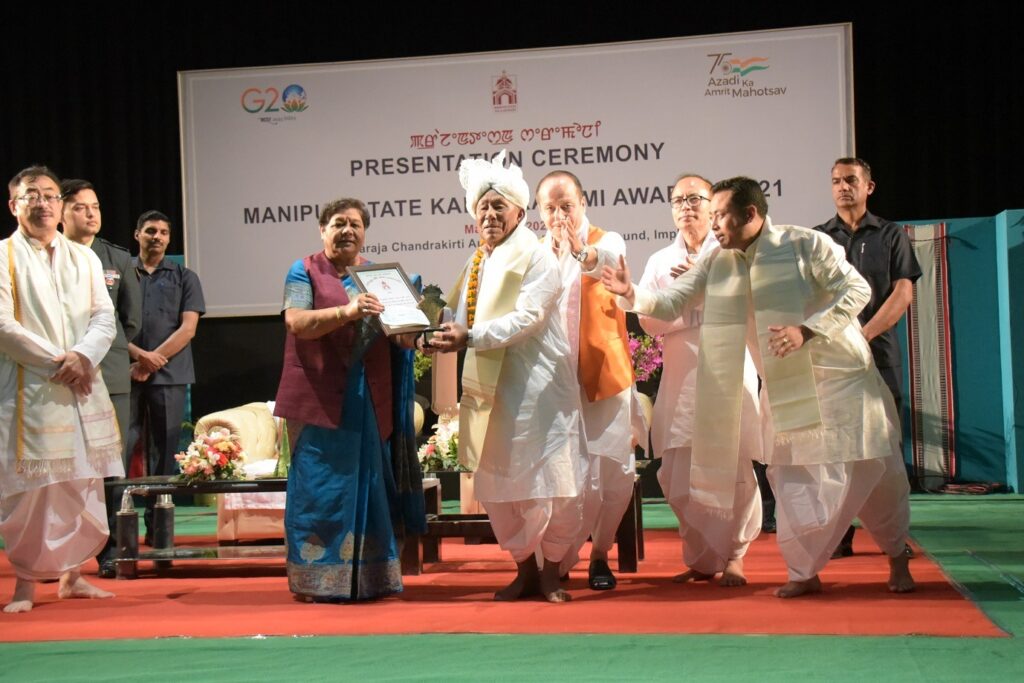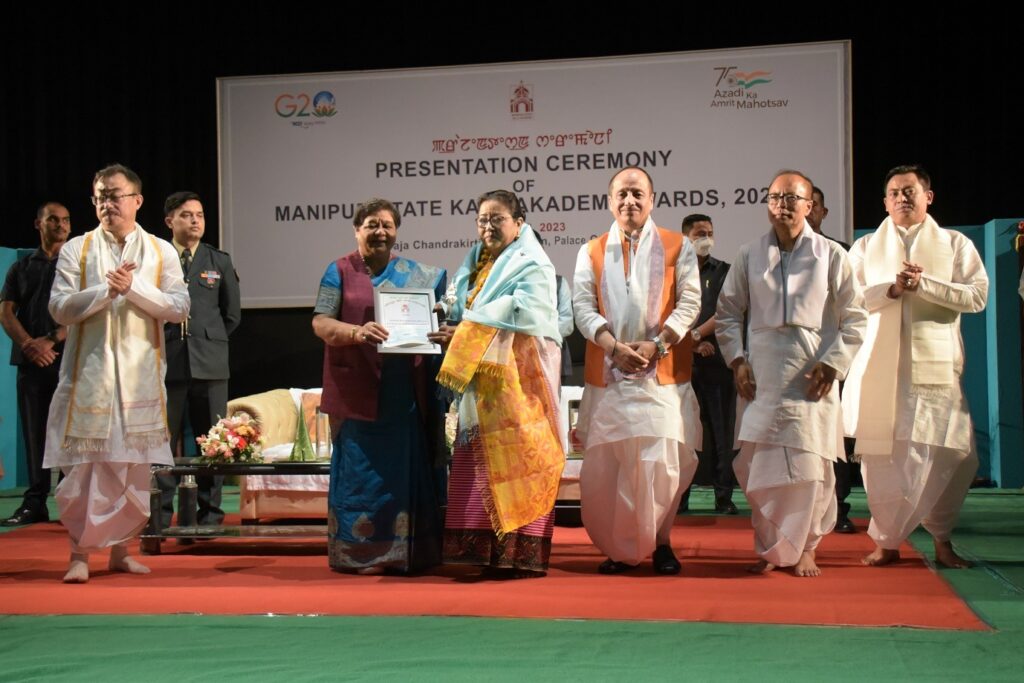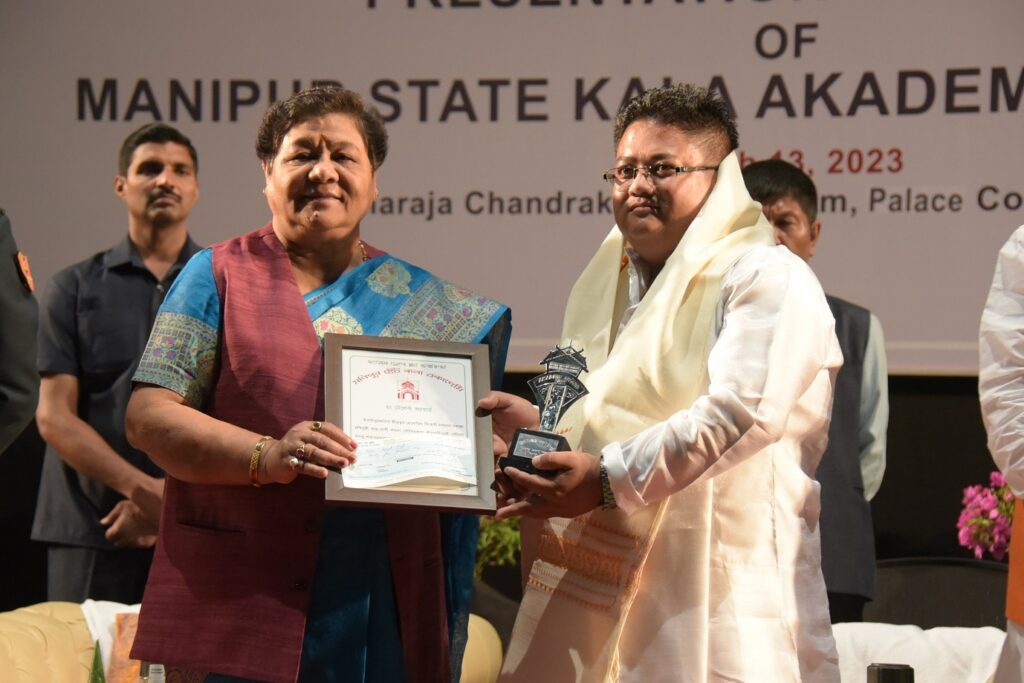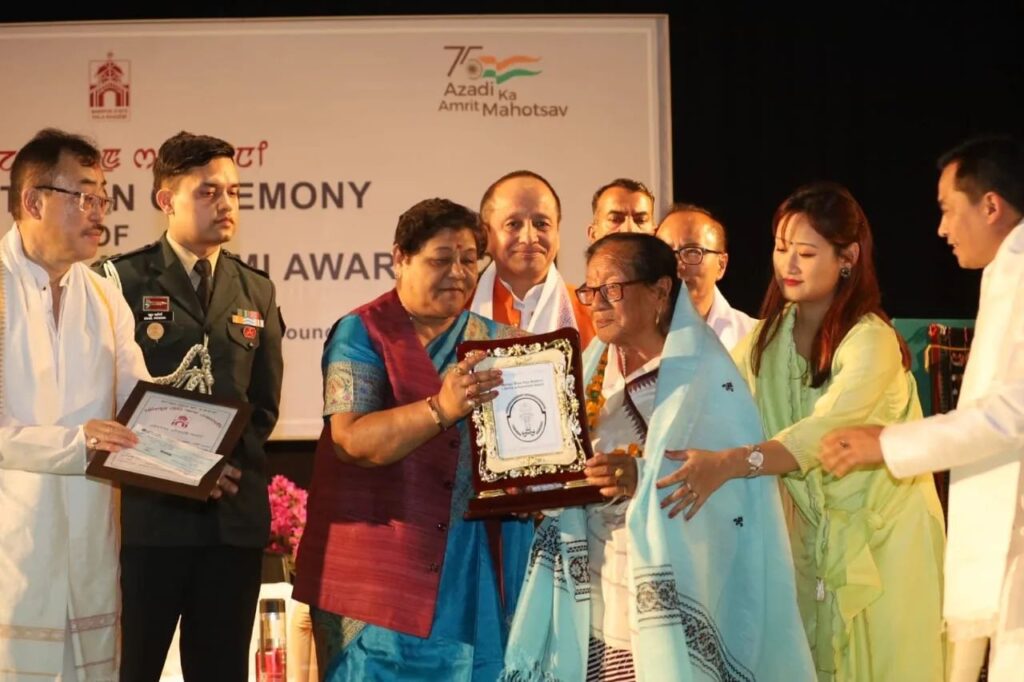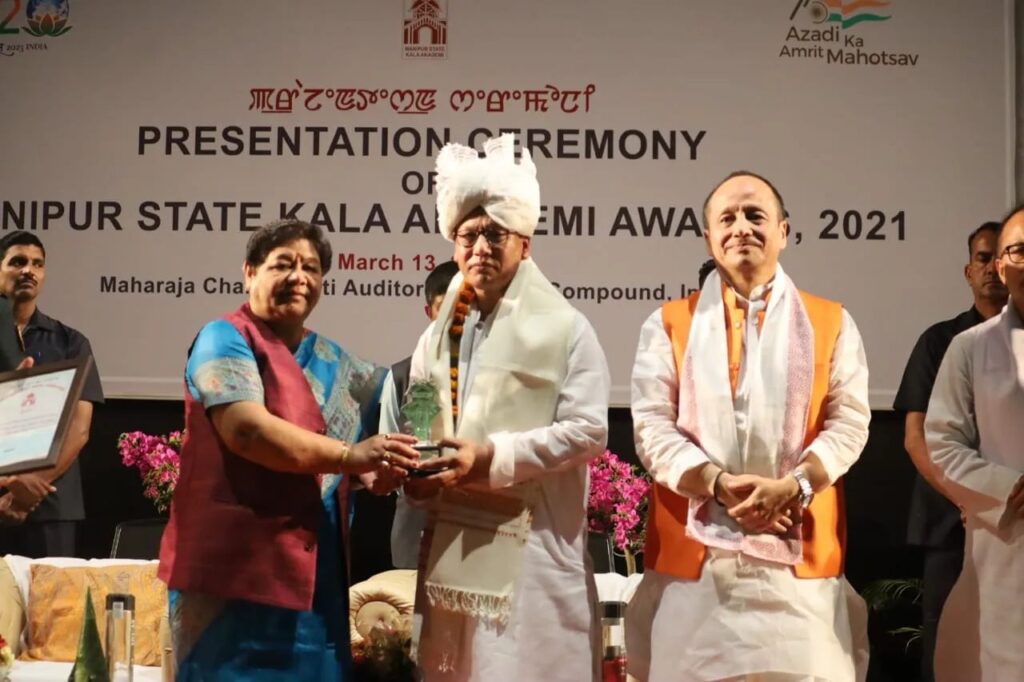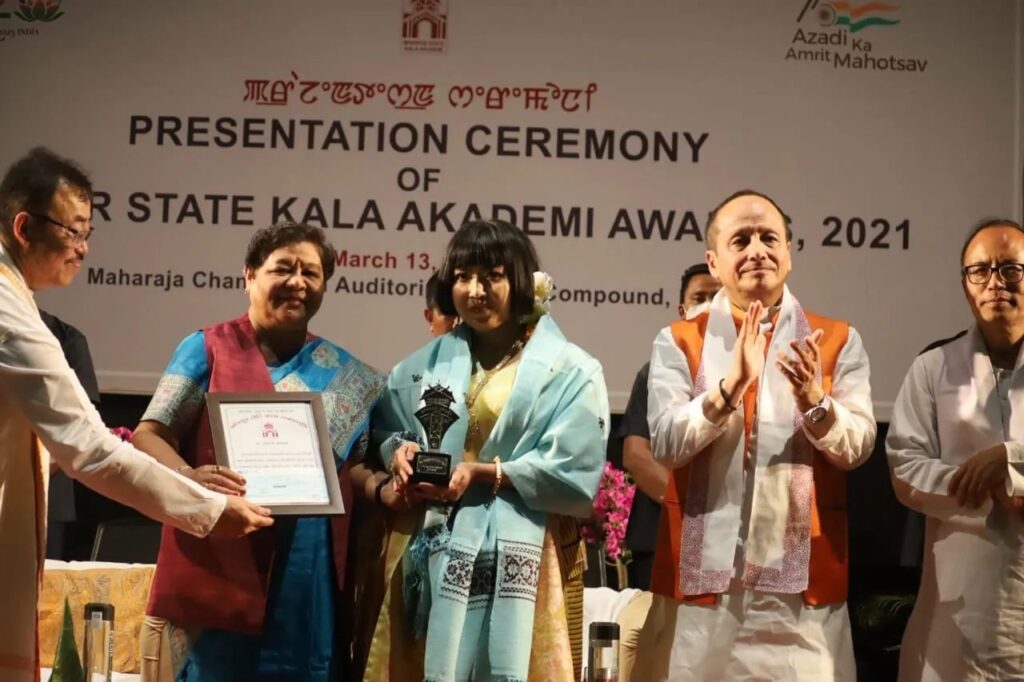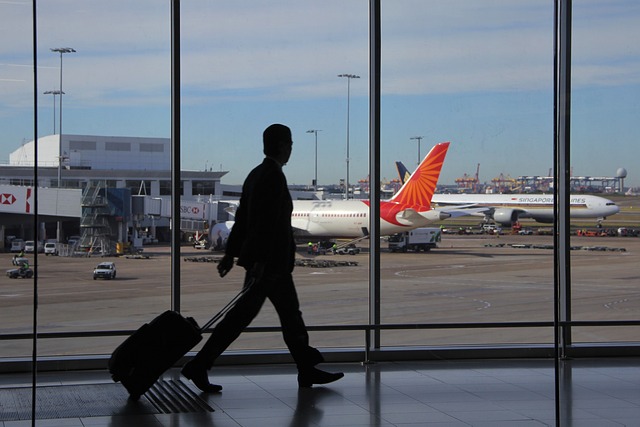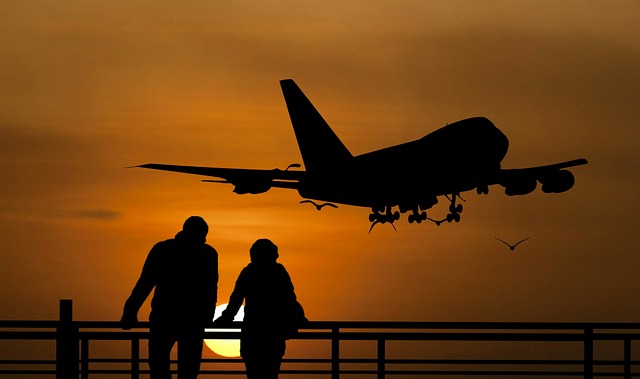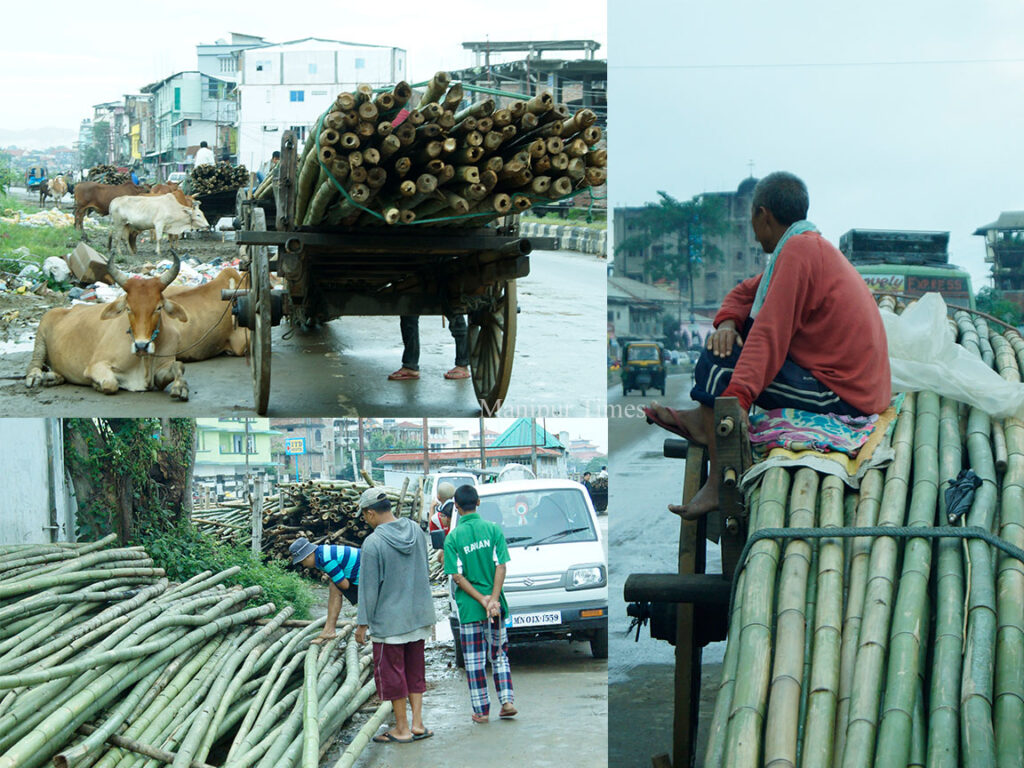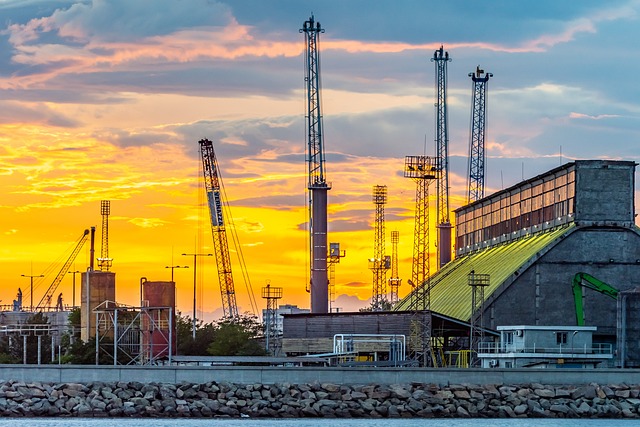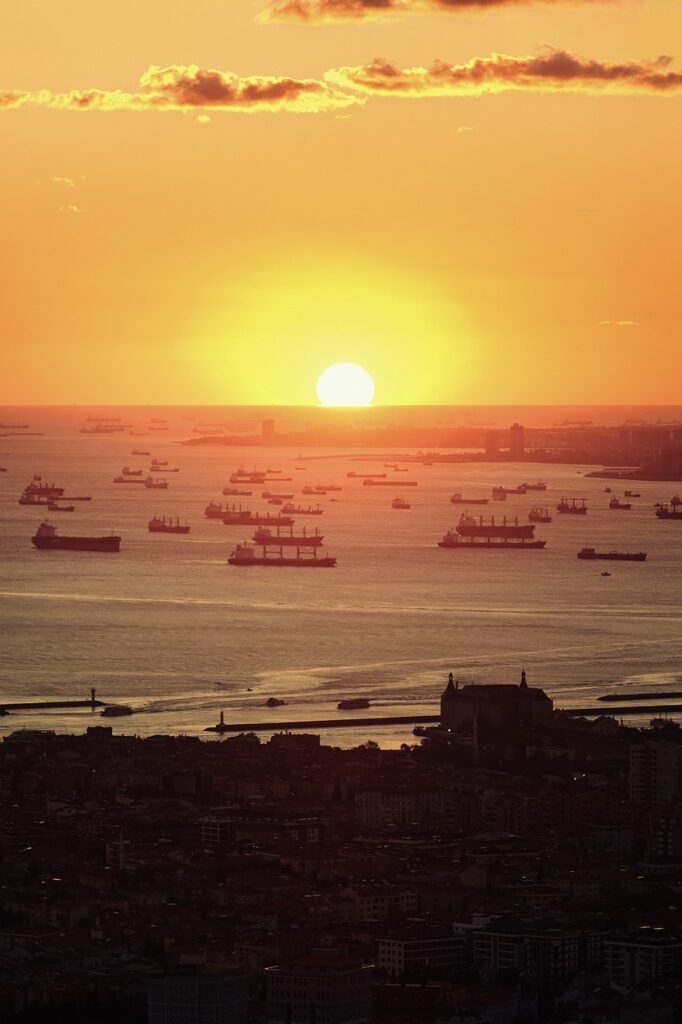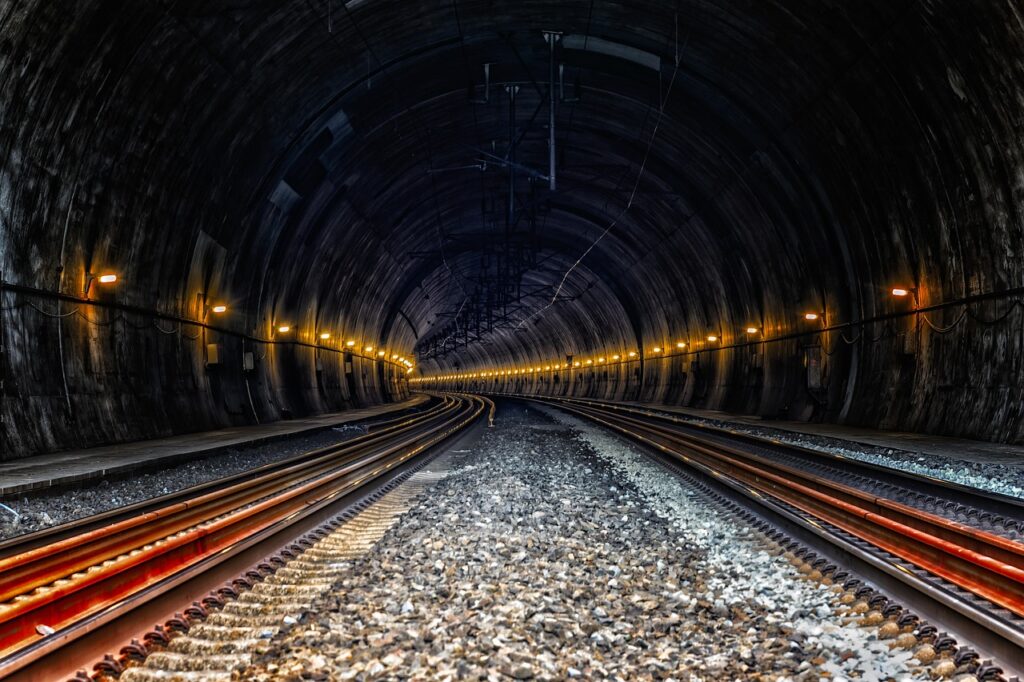Center approves Mega food park for Manipur
By James Khangenbam Imphal 16 March 2023
Ministry of Food Processing industries
Ministry of Food Processing industries (MoFPI) has approved establishment of one Mega Food Park, one Integrated Cold Chains and two food processing units in Manipur with assistance under corresponding component schemes of Pradhan Mantri Kisan SAMPADA Yojana (PMKSY), according to a written reply given by union minister of state for food processing industries, Prahlad Singh Patel in the Lok Sabha on Tuesday.
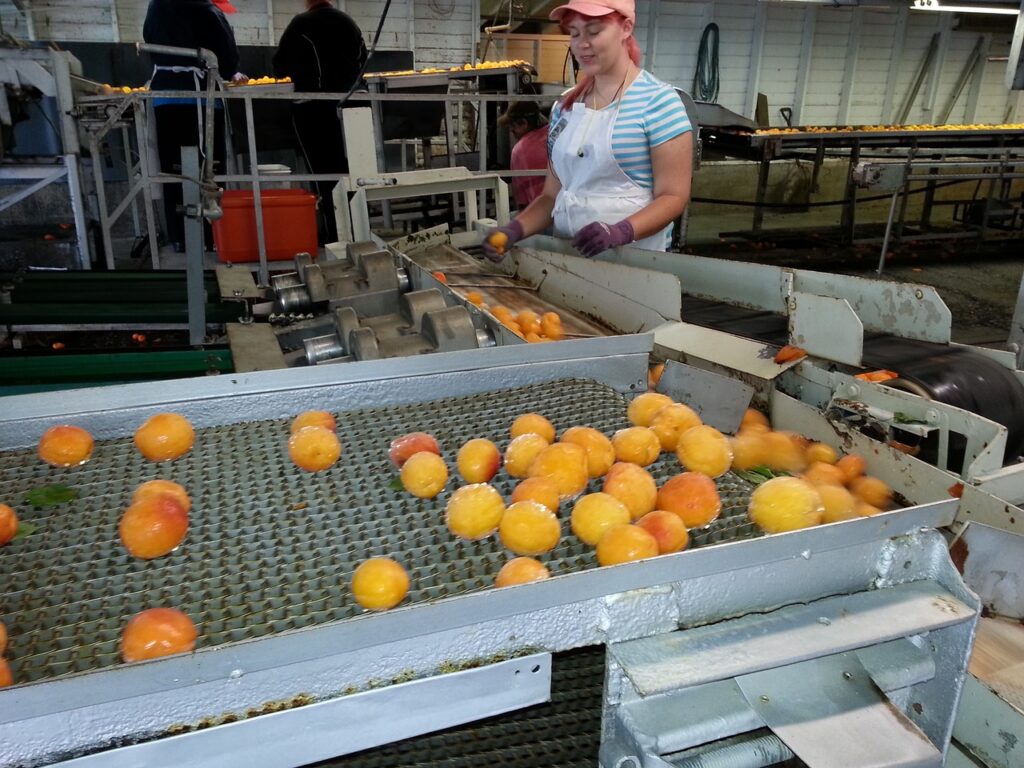
MoFPI provides grants in the form of capital subsidy to eligible project proposals, selected on the basis of Expression of Interest issued from time to time, under its component schemes of PMKSY for setting up of food processing/preservation industries including Agro Processing clusters (Mini Food Parks) and Food Processing Units.
So far, the ministry has provided assistance of Rs 106.34 crore in 2019-20, Rs 61.22 crore in 2020-21, Rs 51.52 crore in 2021-22, and Rs 15.20 crore in 2022-23 for Mega Food Parks. Creation of Infrastructure Development for Agro Processing Cluster (APC), the ministry has provided assistance of Rs 43.53 crore in 2019-20, Rs 48.68 crore in 2020-21, Rs 49.08 crore in 2021-22, and Rs 36.59 crore in 2022-23 .At the same time, assistance of Rs 169.98 crore has been provided in 2019-20, Rs 200.84 crore in 2020-21, Rs 236.58 crore in 2021-22, and Rs 103.35 crore in 2022-23 for Creation/Expansion of Food Processing & Preservation Capacities (CEFPPC) .Figure of financial assistance provided so far for financial year 2022-23 is up to February 28, 2023 .
Processing industries sector
Mention may be made that food processing industries sector is fast developing in Manipur. Since 1991, the Department of Commerce & Industries, Manipur became the State Nodal Agency of the Ministry of Food Processing Industries, Govt. of India, a number of Projects, Schemes were taken up with the assistance of the Ministry. Favoured by agro-climatic conditions, Manipur produces variety of fruits, vegetables, cereals, pulses, spices, etc. suitable for processing and potential for export.
Schemes like Technology Mission
Schemes like Technology Mission for Integrated Development of Horticulture with the objective of improving production and productivity of horticultural crops by harnessing the potential of the region makes this field a viable option for commercialization as well as marketing.
Given the agro-climatic conditions, the State has rich agriculture resources. As per the Techno-feasibility Report conducted under the aegis of the National Horticultural Board and NABARD in collaboration with the Department of Horticulture and Soil Conservation, Manipur, the potential area identified for horticultural crops is 2,77,064 Ha. Out of this, about 62,200 hectares is covered under horticulture crops and an area of 2,14,864 hectares still remains uncovered; giving ample opportunity for expansion.
Common horticulture crops grown in the State are Kharif vegetables (French bean, Cucurbits, Tomatoes, Brinjal, Bhindi, Colocecia, Alocacia), Rabi vegetables (Cabbage, Cauliflower, Potato, Pea, Broad bean, Radish, Carrot, Broccoli, lettuce, Capsicum), Spices (Onion, Garlic, Chilli, Ginger, Turmeric, Hatkora) Fruits and Plantation Crops (Litchi, Cashew nuts, Wall nuts, Orange, Lemon, Banana, Pineapple, Passion fruit, Peach, Pear, Plum).
Center approves Mega food park for Manipur Read More

